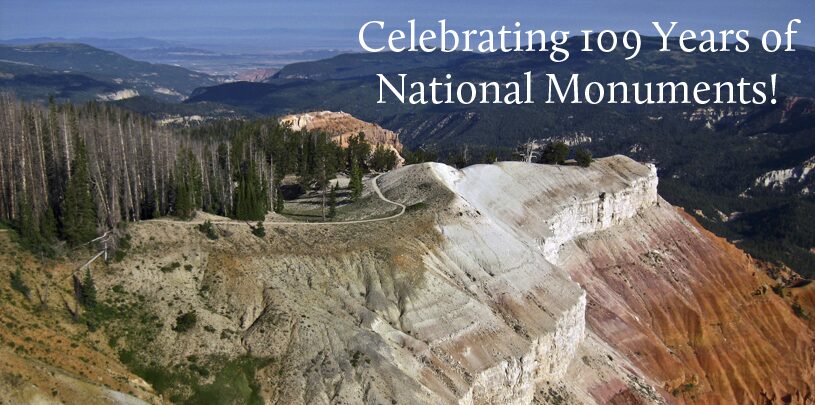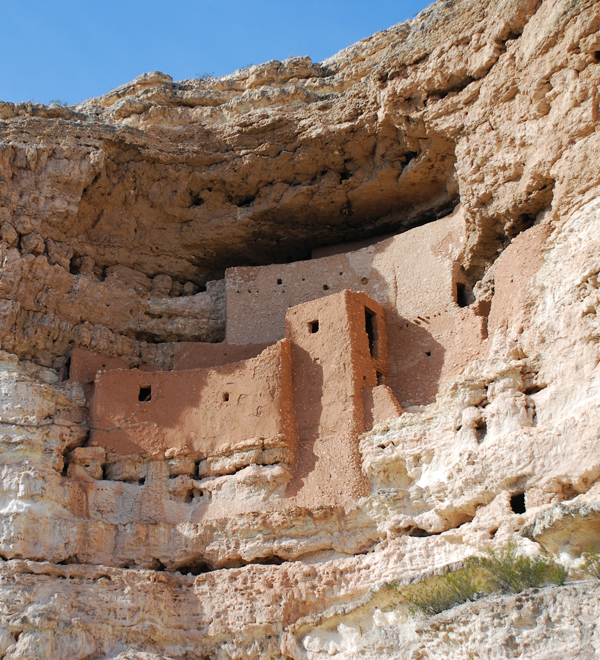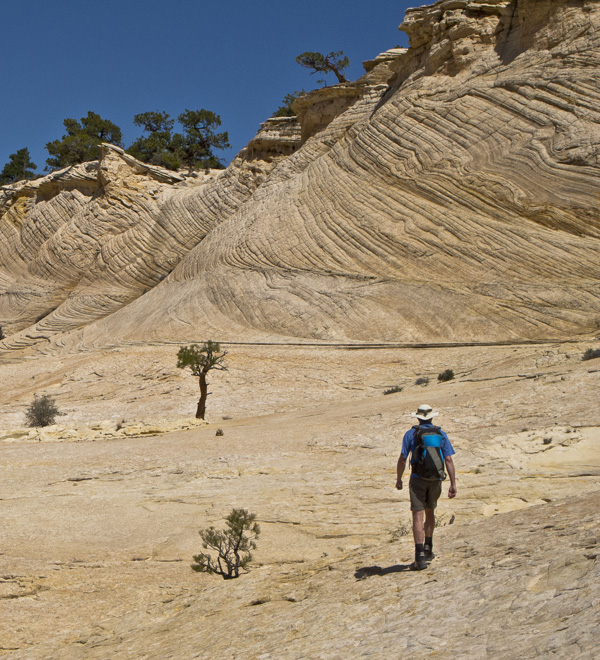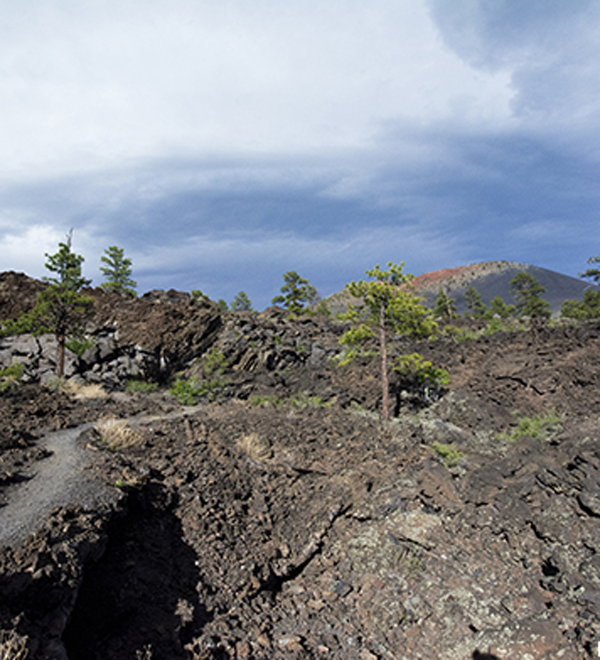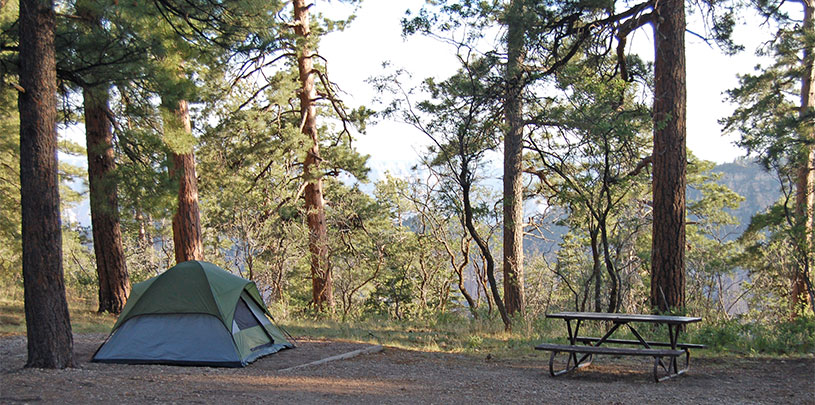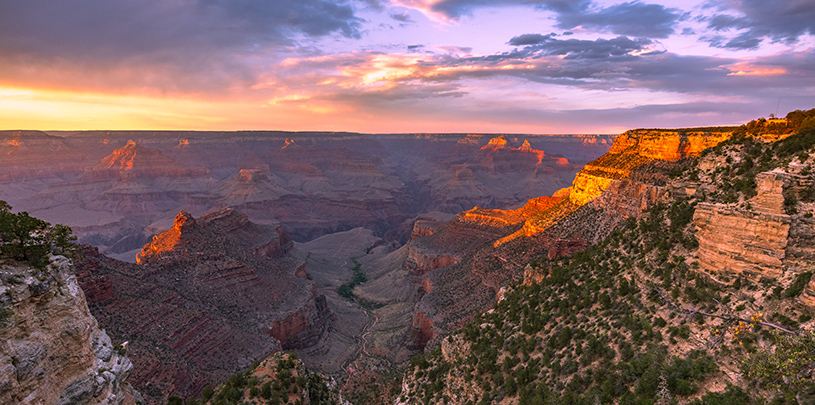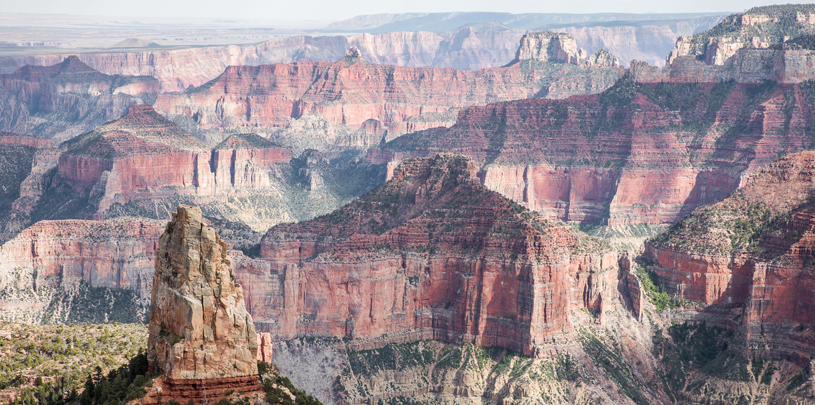
Today is the 109th anniversary of the Antiquities Act, and here on the Colorado Plateau, we have much to celebrate. This law, which gives the president the authority to designate national monuments, created the nation’s first historic preservation policy specifically out of concern for protecting archaeological sites in the Southwest.
Born in the Southwest
During the late 1800s, world fairs and exhibits sparked growing interest in acquiring ancient artifacts preserved by the region’s aridity. This led to increased looting and removal of irreplaceable objects that had lain undisturbed for centuries. The Antiquities Act made the destruction of sites on federal lands and the removal of artifacts from them punishable by law. And, in a little-noticed clause, it also gave presidents the authority to declare national monuments of historic or scientific interest.
Lay of the Land
Since President Theodore Roosevelt declared the first national monuments in 1906, presidents have created more than 125 national monuments, ranging in size from less than an acre to 89 million acres! Arizona, with 18 monuments, has more than any other state.
Monument designations can and have changed; over the last century, Congress has made about half of the nation’s monuments into national parks. In fact, the Grand Canyon received its park status after having been a monument for 11 years.
On the Colorado Plateau, “monuments” expand beyond commemorative statues. They include – among other things – cliff dwellings, pueblos, volcanoes, natural bridges, colorful cliffs, unworldly hoodoos, and deep canyons.

